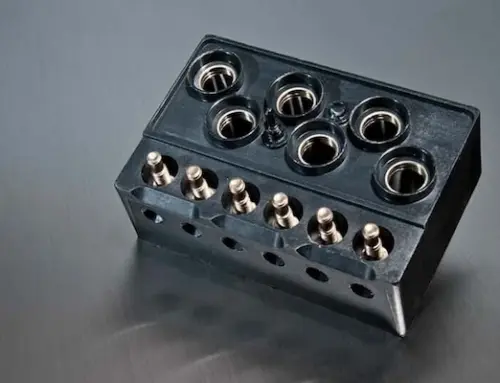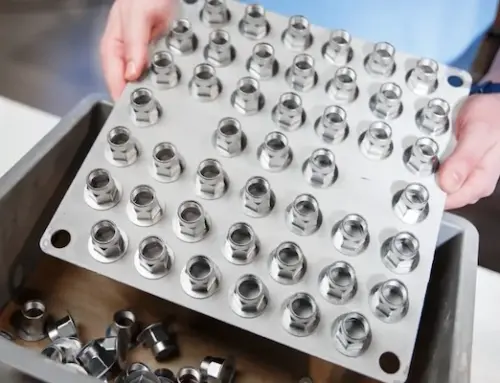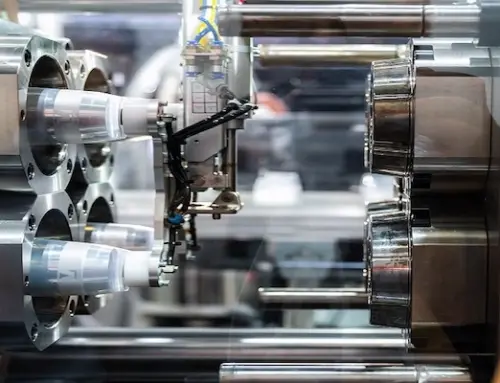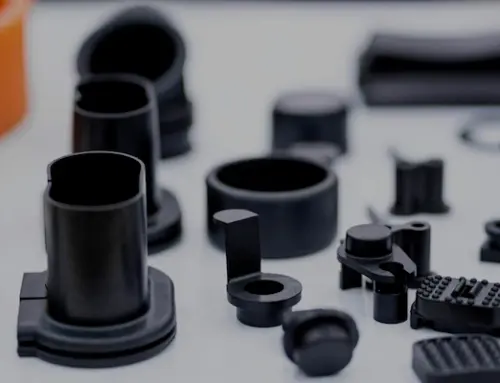Electronic devices such as personal computers generate heat during operation. Electricity passes through various wires and devices and encounters resistance during operation. The resistance generates heat and rapidly increases the temperature of the equipment.
If left unchecked, this heat may have catastrophic consequences for the equipment: components like the central processing unit (CPU) are fragile and cannot withstand extremely high temperatures; Therefore, overheating can cause malfunction or permanent damage.
Fortunately, many electronic and mechanical devices use heat sinks (or heat sinks) to prevent this problem: special components dissipate heat from important areas of the device to keep it cool and functional. Although the heat sink is small, it is a very important part and can be manufactured in many different ways.
This article will introduce the working principle of the heat sink, the advantages of the heat sink, different types of heat sink and how the heat sink is manufactured.
1. What is a Heat Sink?
The heat sink is a passive heat exchanger whose function is to regulate the temperature of electronic or mechanical equipment. It transfers heat from the heat-generating component to the fluid (air or liquid coolant), dissipating the heat from the equipment.
The working principle of the heat sink is to use a thermal conductor to take the heat away from the heat source and attract the heat to a large surface in contact with the cooling medium (such as air or other fluids).
The need for a large surface area is why the heat sink usually consists of a base connected to some very narrow fins or pins: this form is the best way to fit as much surface area as possible into a given volume. Heat sinks are widely used in many industries and are usually used to cool computer components such as CPU and GPU, as well as power transistors and lasers.
Determining whether a heat sink is needed—and which type of heat sink—needs to determine the maximum junction operating temperature of the circuit.
If the operating temperature is exceeded, it will cause parts to malfunction or break. Generally speaking, components with a lower maximum operating temperature (or those that simply generate a lot of heat) require more effective heat sinks.
2. Advantages of Heat Sink
The core function of the heat sink is to regulate the temperature and prevent overheating. This provides the following advantages:
- Prevent the economy from overheating
- Prevent component failure or damage
- Provide heat to prevent the temperature from dropping too low
3. Heat Sink Types
The heat sink usually consists of a solid base and protrusions. However, the shape and size of these protrusions will affect the performance of the heat sink. The most common heat sink varieties are:
1) Pin Heat Sink
The pin heat sink has pins extending from the base. They provide the largest surface area of all types of heat sinks and are the best in low airflow (or random/multi-directional airflow) situations. Needles can have different shapes:
- Cylinder
- Oval
- Square
2) Plate-fin heat sink
It is more common than a nail-fin heat sink. The plate-fin heat sink has rectangular fins extending from the base. They are the best type of heat sink when the airflow is unidirectional.
3) Horn-shaped heat sink
It is a variant of the plate heat sink. The horn-shaped heat sink adopts the horn-shaped heat sink structure to reduce the flow resistance. Some heat sinks are equipped with fans. This type of heat sink can be called an active heat sink or a fan-cooled heat sink.
Those without a fan may be called passive heat sinks. The fan provides a constant source of airflow, which improves the function of the heat sink.
4. Heat Sink Material
The heat sink is usually made of aluminium alloy or copper, and its material is usually determined by the application, thermal strength, production method and budget.
1) Aluminium
Aluminium heat sinks are usually made of aluminium 1050 (very thermally conductive, but low strength) or aluminium 6060, 6061, or 6063 (less electrical conductivity, but better mechanical properties). The most affordable heat sinks are generally made of aluminium alloy.
2) Copper
Copper heat sinks provide excellent thermal conductivity-its electrical conductivity is twice that of aluminium-as well as corrosion resistance, antibacterial, and other desirable properties. This makes the copper heat sink an advanced choice; However, copper is more expensive than aluminium alloys and is generally more difficult to form.
5. Heat Sink Attachment Method
The heat sink connection method is to install the heat sink on the component whose temperature is to be adjusted, such as the central processing unit of the computer.
Connection methods include thermal tape (for low-quality heat sinks), epoxy (strong but irreversible mechanical connection), clips, metal z-clamps, brass/plastic push pins, or threaded brackets (for very large heat sinks).
6. Factors Affecting the Performance of Heat Sink
There are several variables that affect the performance of the heat sink and how efficiently it dissipates heat from components such as the CPU. Important heat sink performance factors include:
- Thermal conductivity of the heat sink material (such as copper or aluminium alloy)
- The size of the heat sink
- Type, quantity and arrangement of heat sink fins
- The size of the duct between each fin
- Heat transfer coefficient
- Air volume
7. How to Make a Heat Sink
How do you make a heat sink? This depends on several factors, such as the size and material of the heat sink, and the type of manufacturer. Manufacturing heat sinks actually involves a series of production techniques, including casting and CNC milling.
1) Extrusion
Extrusion, the process of extruding hot metal billets through a steel die, is the most common method of manufacturing aluminium heat sinks. This is a fast, effective, and economical way to make ductile materials for heat sinks, such as aluminium 1050. Extruded aluminium heat sinks are usually anodized before use.
2) Slice
Edge scraping or edge scraping, that is, the process of cutting the material into thin slices, is a common manufacturing process for the production of plate fins and horn fin heat sinks. This process allows for thinner and tighter encapsulation fins than extrusion, and also provides a level or surface roughness, which slightly increases the total surface area.
3) Casting
Casting, the process of pouring molten metal into a mold, is another method of making heat sinks—aluminium or copper. Pressure die-casting heat sinks can have a high degree of complexity and provide excellent mechanical properties. Die casting is sometimes used to make zinc heat sinks.
4) Milling
Milling, a subtractive process of cutting material from a blank workpiece, is an affordable method for making heat sinks of almost any geometry from materials such as aluminium alloys.
Ground heat sinks (or machined heat sinks) may be more expensive than alternative products, especially in mass production, but they can also be manufactured quickly.
8. 3D Printing Technology
Recent advances in copper additive manufacturing have made 3D printed heat sinks a viable alternative to traditional heat sinks. Powder bed fusion and directed energy deposition technology are the most successful in this application.






Leave A Comment